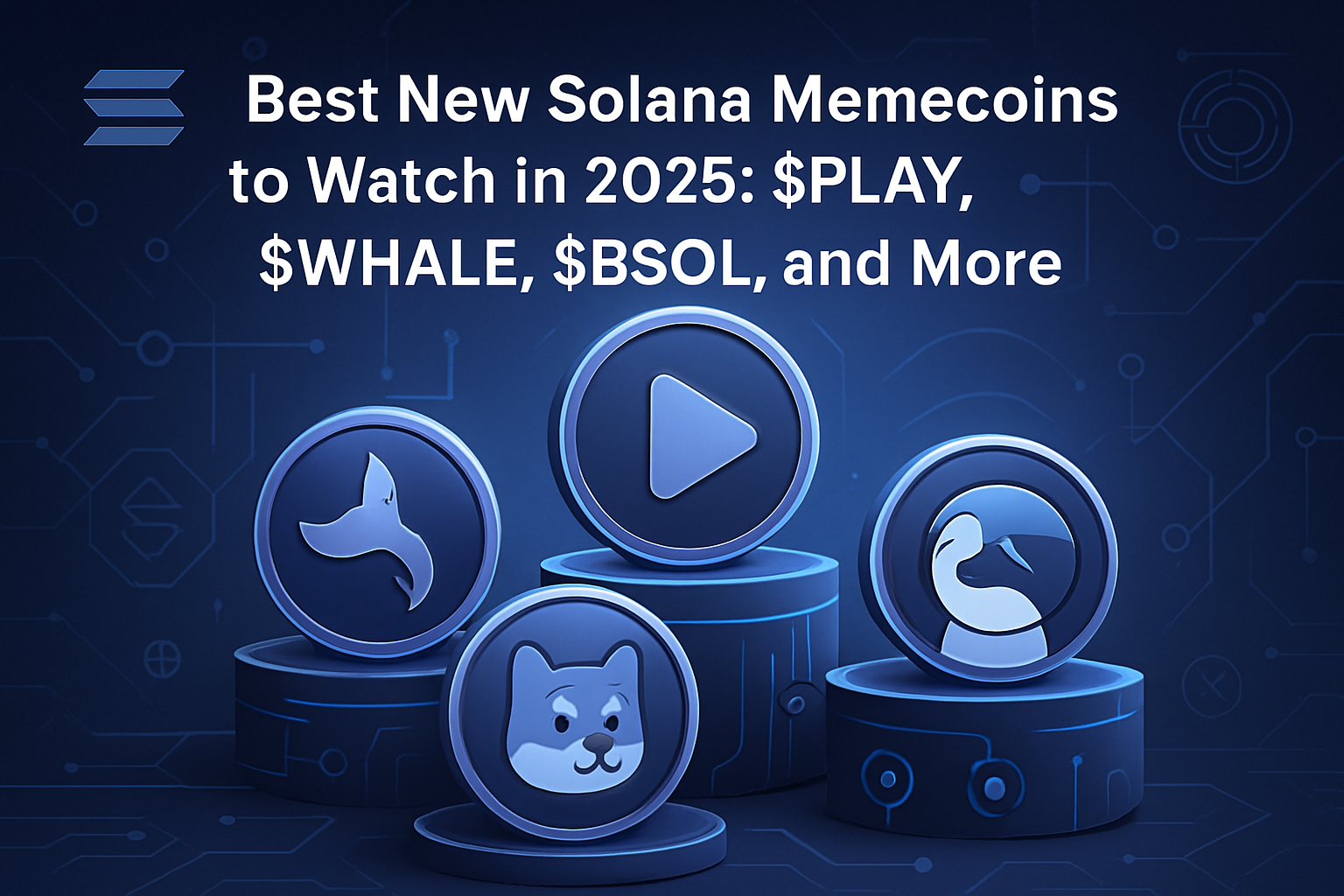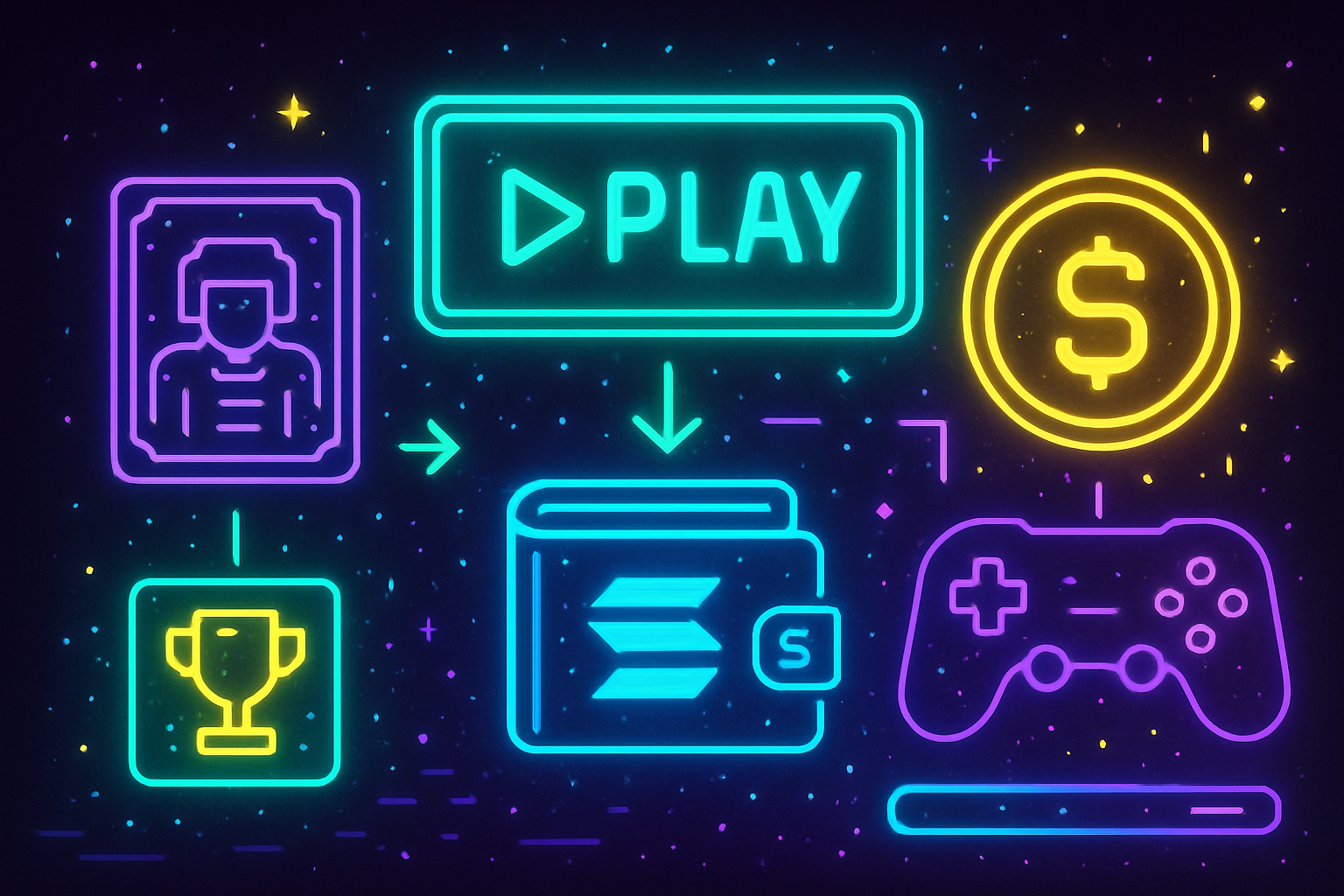How $15B in Tokenized Assets Are Coming to Solana: Visual Breakdown & Institutional Impact
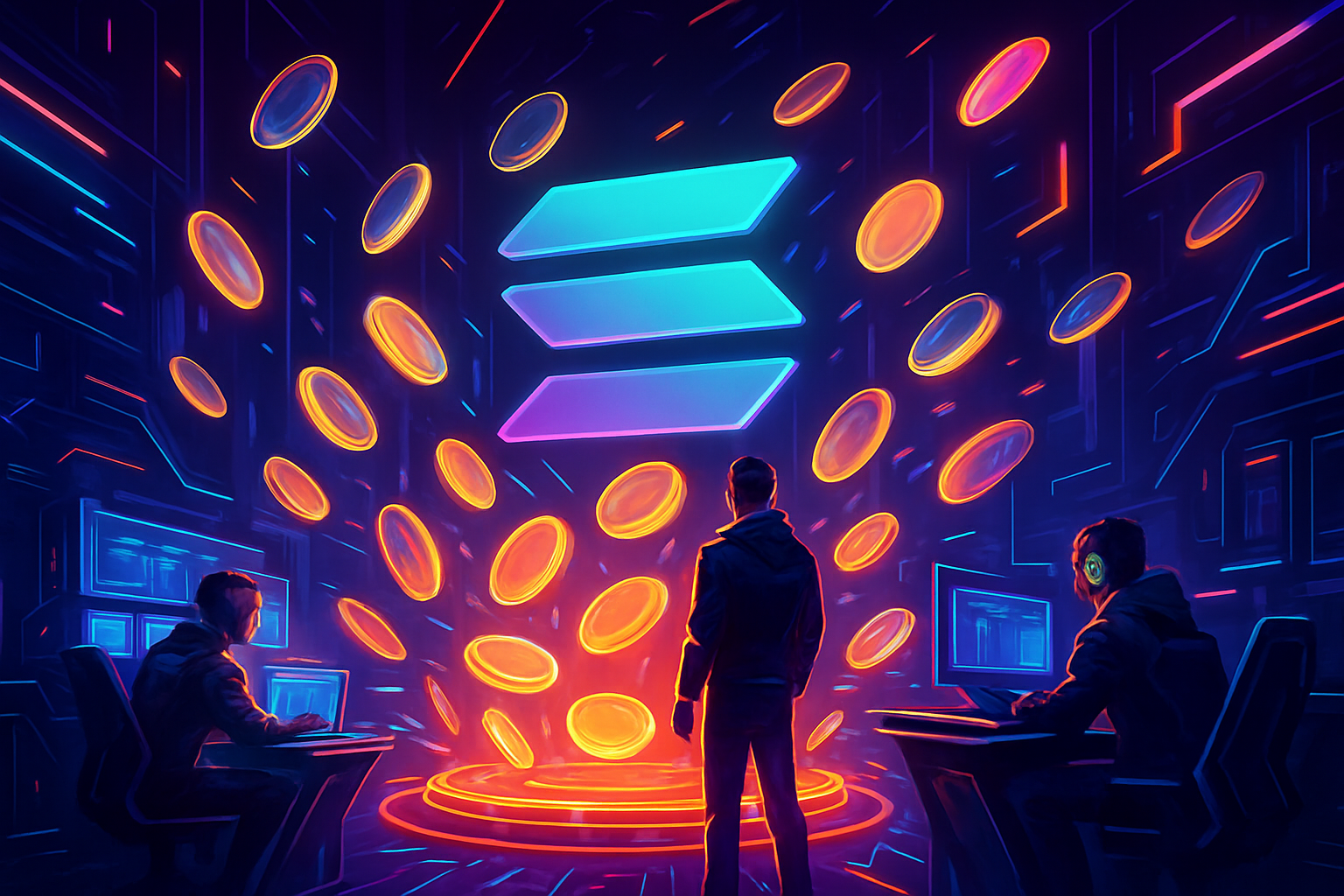
Solana’s position as a premier blockchain for institutional finance has crystallized in 2025, with the network now hosting over $15 billion in tokenized real-world assets (RWAs). This development is not just a technical milestone; it marks a fundamental shift in how traditional and digital capital markets intersect. At the heart of this movement is the partnership between Solana and R3, a company trusted by financial giants like HSBC, Euroclear, and SDX. Their collaboration aims to bridge regulated institutions and public blockchain infrastructure, unlocking new market efficiencies.
Solana’s Tokenized Asset Landscape: A Visual Breakdown
The ecosystem of Solana tokenized assets is both diverse and rapidly expanding. To understand the scale and composition of these assets, let’s break down the key categories now represented on-chain:
Breakdown of Tokenized Real-World Assets on Solana
-

BlackRock BUIDL Fund: Expanded to Solana in March 2025, this fund manages over $1.7 billion in tokenized U.S. Treasuries, marking a significant institutional entry into on-chain government securities.
-

Franklin Templeton BENJI Fund: Launched on Solana in February 2025, BENJI holds more than $762 million in tokenized U.S. government securities, leveraging Solana’s compliance-ready infrastructure.
-

MetaWealth: Tokenizing over $35 million in European real estate, MetaWealth enables fractional property ownership and broader investor access via Solana.
-
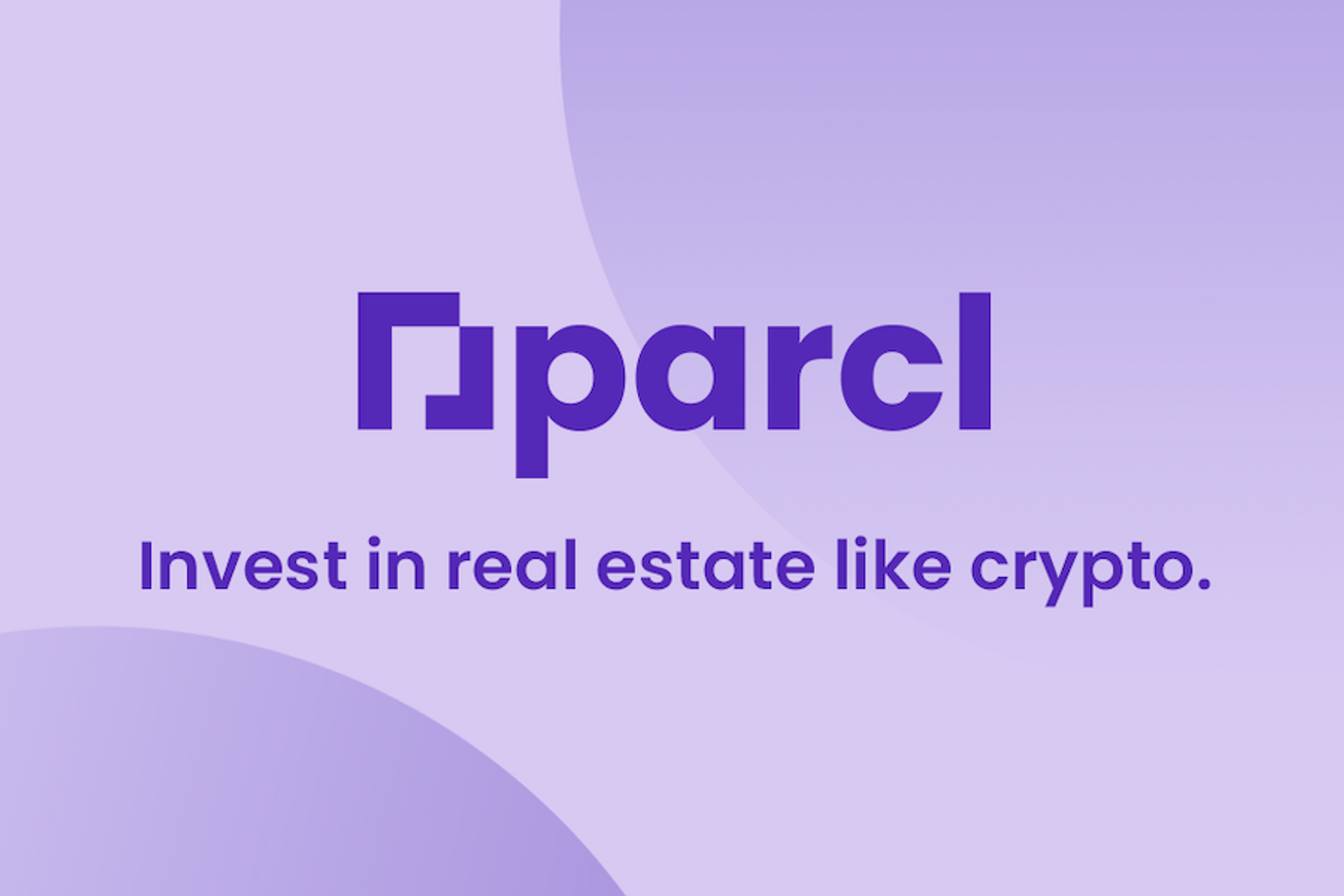
Parcl: With a total value locked (TVL) above $10 million, Parcl offers synthetic indexes tracking global housing markets, providing exposure to real estate trends on-chain.
-
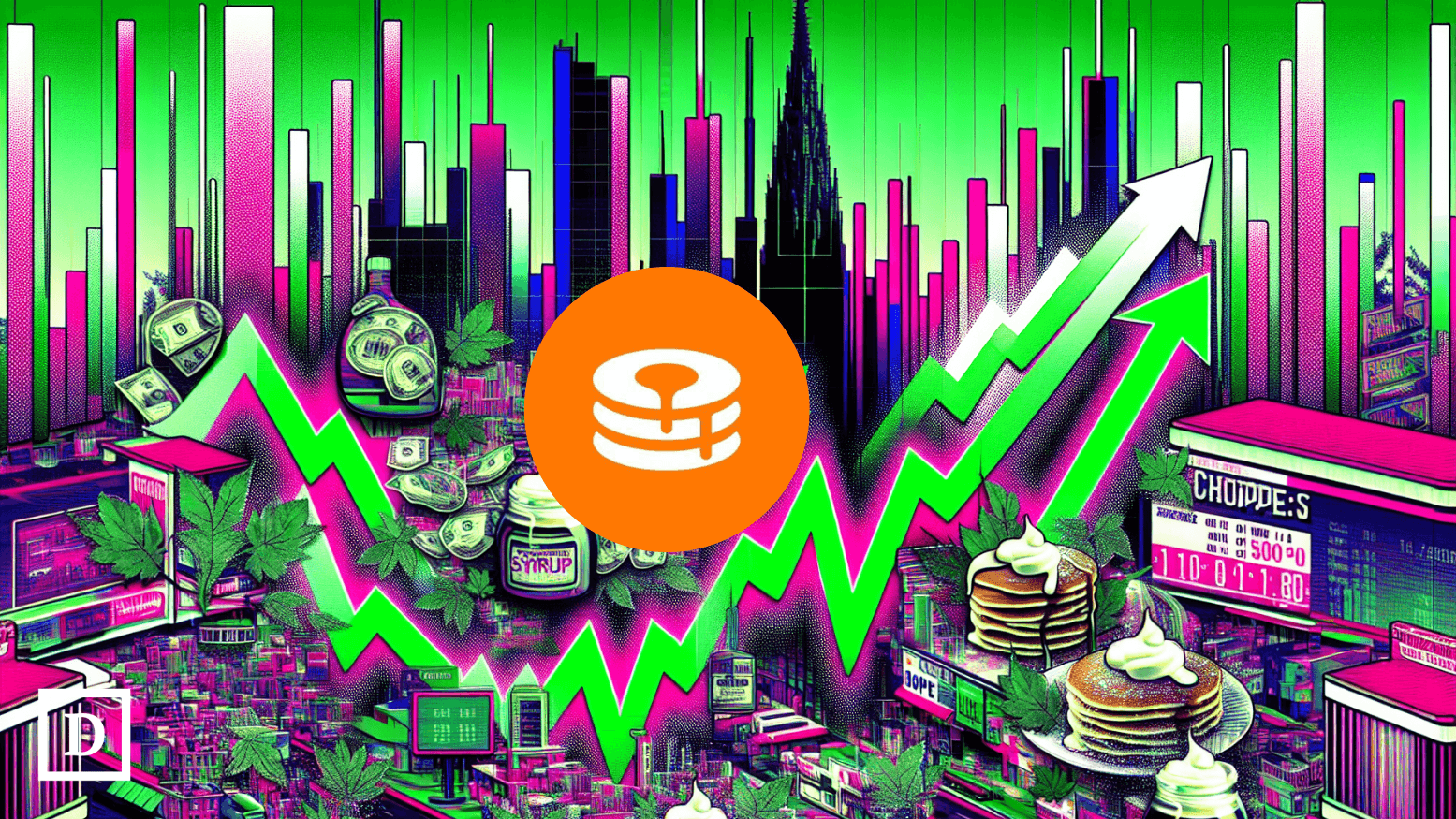
Maple Finance syrupUSDC: Introduced in June 2025, syrupUSDC is a yield-bearing stablecoin for private credit, boasting a market cap of $70.7 million and deep integration with Solana DeFi protocols.
-

Backed Finance xStocks: Launched in June 2025, xStocks brings tokenized U.S. equities like SPY and NVDA to Solana, with over 45,700 wallets holding these assets in the first week.
The most notable inflows have come from:
- U. S. Treasuries and Government Securities: BlackRock’s BUIDL Fund expanded to Solana in March 2025 with over $1.7 billion in assets (source). Franklin Templeton’s BENJI Fund followed suit in February 2025, now holding more than $762 million.
- Real Estate: MetaWealth has tokenized upwards of $35 million in European properties, enabling fractional ownership for global investors (source). Parcl offers synthetic indexes for global housing markets with TVL above $10 million.
- Private Credit and Loans: Maple Finance’s syrupUSDC yield-bearing stablecoin hit a market cap of $70.7 million soon after its June 2025 launch (source).
- Equities and Corporate Bonds: Backed Finance’s xStocks debuted in June 2025, bringing tokenized blue-chip U. S. equities to over 45,700 wallets within a week.
The Institutional Catalyst: Why R3 Matters
The presence of R3 as an integration partner is significant for institutional adoption on Solana. R3 has built credibility over years working with Tier-1 banks and clearinghouses across Europe and Asia. By exploring how over $15 billion in tokenized assets could reach public markets through Solana, R3 is effectively validating the blockchain’s readiness for large-scale finance.
This endorsement accelerates migration from legacy systems to on-chain infrastructure by addressing historical pain points:
- Regulatory Compliance: Institutions like BlackRock and Franklin Templeton are leveraging Solana’s compliance-ready tooling to ensure every transaction meets stringent regulatory standards.
- Operational Efficiency: High throughput and low fees make Solana an attractive settlement layer for asset managers seeking speed without sacrificing security or transparency.
- Liquidity and Accessibility: Tokenization enables fractional ownership – a feature that democratizes access to previously illiquid markets such as private credit or high-value real estate.
SOL Price Context: Anchoring Growth at $164.35
This institutional momentum coincides with current market conditions where Binance-Peg SOL (SOL) trades at $164.35, reflecting a modest correction of -5.40% over the past day but still maintaining its position as one of crypto’s most robust layer-1 assets.
Solana (SOL) Price Prediction 2026-2031: Institutional Inflows & Tokenized Asset Boom
Forecasting SOL price scenarios amid $15B+ in tokenized assets and ongoing institutional adoption
| Year | Minimum Price | Average Price | Maximum Price | Annual % Change (Avg) | Market Scenario Insights |
|---|---|---|---|---|---|
| 2026 | $130.00 | $195.00 | $260.00 | +18.7% | Consolidation after major inflows; further RWA adoption, but possible macro headwinds |
| 2027 | $145.00 | $235.00 | $320.00 | +20.5% | Broader TradFi integration; new tokenized asset classes; increased competition from other L1s |
| 2028 | $170.00 | $285.00 | $410.00 | +21.3% | Bullish cycle peak; scaling solutions mature, more global asset managers onboard |
| 2029 | $210.00 | $340.00 | $500.00 | +19.3% | Continued institutional growth; regulatory clarity in key markets |
| 2030 | $180.00 | $315.00 | $450.00 | -7.4% | Potential market correction; profit-taking and cyclic retracement |
| 2031 | $220.00 | $390.00 | $560.00 | +23.8% | Renewed bullish sentiment; mainstream adoption of tokenized RWAs, possible ETF approval |
Price Prediction Summary
Solana’s price outlook from 2026 to 2031 is shaped by its leadership in tokenized real-world assets, growing institutional adoption, and continued technical innovation. While market cycles may bring periods of consolidation and retracement, the overall trajectory remains positive, with the average SOL price forecast to more than double by 2031 from its 2025 baseline. Both bullish and bearish scenarios are possible, reflecting broader crypto market volatility and external factors.
Key Factors Affecting Solana Price
- Sustained institutional inflows and RWA tokenization on Solana
- Growth in total value locked (TVL) and on-chain activity
- Regulatory developments affecting tokenized assets and DeFi
- Competition from other blockchain platforms (e.g., Ethereum, Avalanche, Sui)
- Macro-economic trends and global risk appetite
- Technological upgrades to Solana (scalability, security, compliance tooling)
- Potential for new financial products (e.g., tokenized ETFs, derivatives)
Disclaimer: Cryptocurrency price predictions are speculative and based on current market analysis.
Actual prices may vary significantly due to market volatility, regulatory changes, and other factors.
Always do your own research before making investment decisions.
The influx of RWAs provides fundamental support for SOL price stability by introducing non-speculative capital into the ecosystem – a crucial factor that distinguishes Solana from purely retail-driven blockchains.
As institutional-grade assets continue to flow into Solana, the network’s composability and programmability are being put to the test at scale. The seamless integration of tokenized U. S. Treasuries, real estate, private credit, and equities illustrates not only technical versatility but also a maturing regulatory posture. This is particularly visible in how projects like BlackRock’s BUIDL Fund and Franklin Templeton’s BENJI Fund have adopted Solana’s compliance frameworks to satisfy both U. S. and international regulators.
For asset managers and banks accustomed to legacy rails, the R3-Solana partnership offers a credible path for tokenizing large portfolios without sacrificing oversight or auditability. R3’s pedigree with institutions such as HSBC and Euroclear signals that risk-averse capital is now willing to experiment with public blockchain infrastructure, so long as it meets operational due diligence. This shift is not merely symbolic; it represents a reallocation of capital from walled gardens to open finance protocols.
Broader Implications: What $15B on Solana Means for Global Markets
The arrival of over $15 billion in tokenized assets on Solana sets a precedent for other blockchains aspiring to serve institutional needs. Fractionalization allows retail investors access to blue-chip securities and prime real estate once reserved for accredited insiders, while programmable settlement layers minimize counterparty risk.
Patience and research build wealth. The current phase of institutional adoption on Solana demonstrates that careful groundwork, both in technology and compliance, yields sustainable growth rather than speculative hype.

This evolution also forces traditional finance (TradFi) players to reconsider their infrastructure strategies. As more funds migrate on-chain, expect increased demand for cross-chain interoperability, robust oracles, and new risk management tools tailored for digital-native assets.
Key Takeaways: Solana Institutional Adoption Checklist
While challenges remain, particularly around global regulatory harmonization, the momentum is clear: public blockchains like Solana are no longer fringe experiments but foundational components of next-generation capital markets. The presence of $15 billion in RWAs is not just a headline figure; it represents trust, utility, and an expanding addressable market for developers and investors alike.
Looking ahead, the interplay between regulatory clarity, technological innovation, and evolving investor preferences will determine how quickly this trend accelerates. For now, Solana sits at the forefront of this transformation, anchored by its current price point at $164.35 and reinforced by a growing roster of institutional partners.

